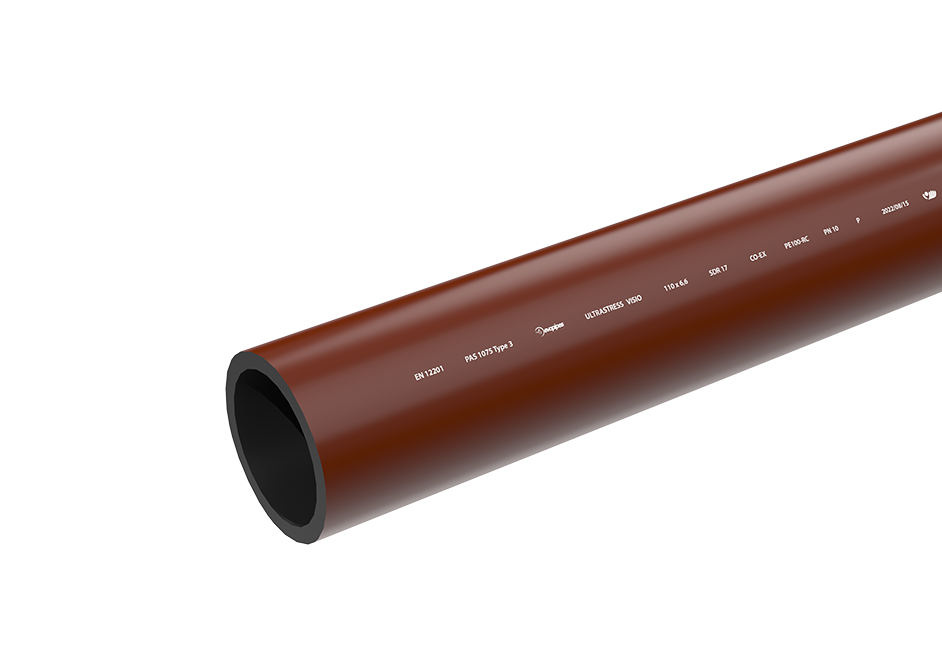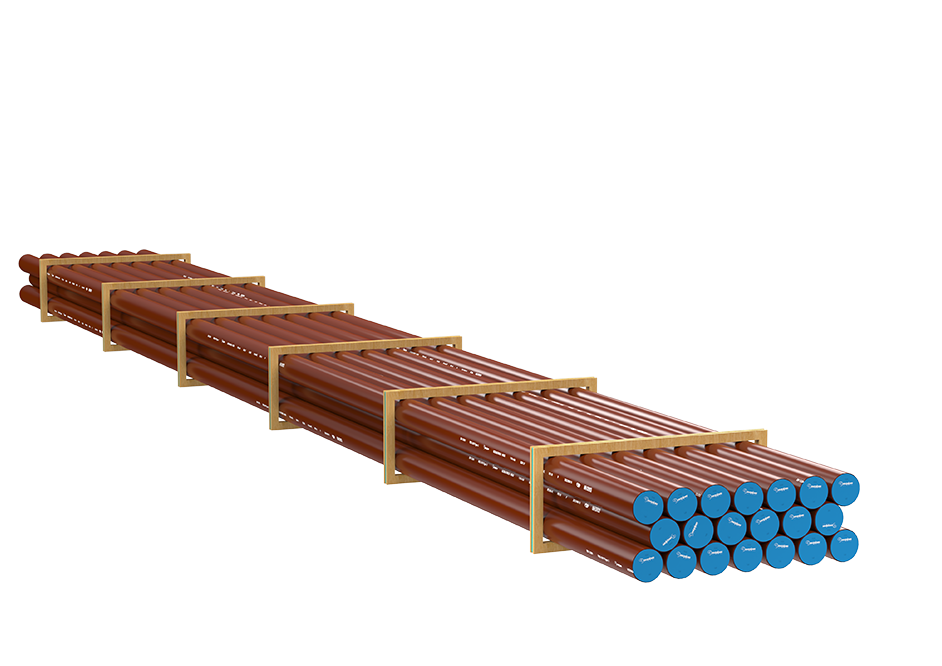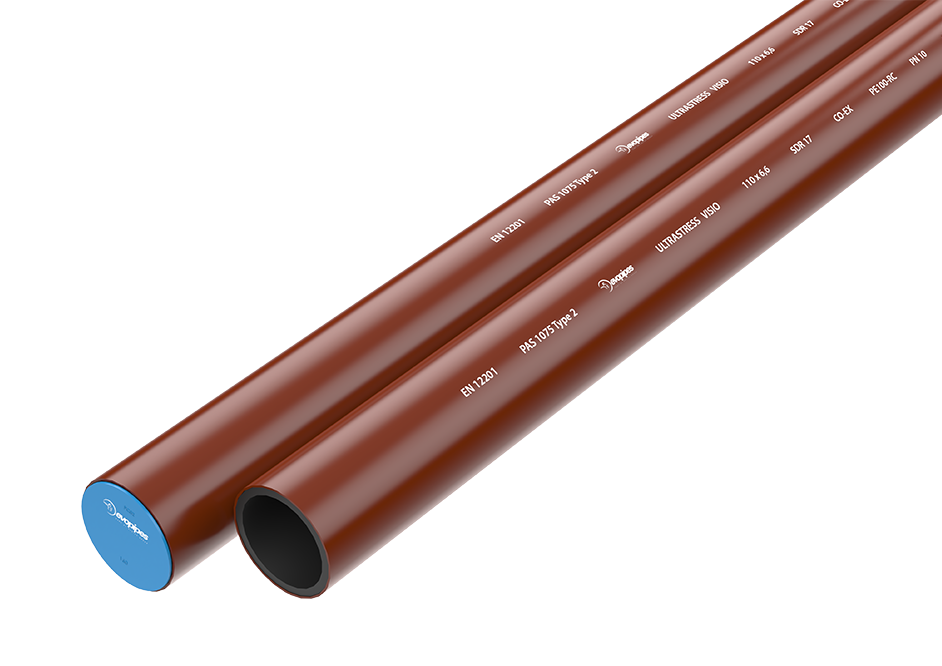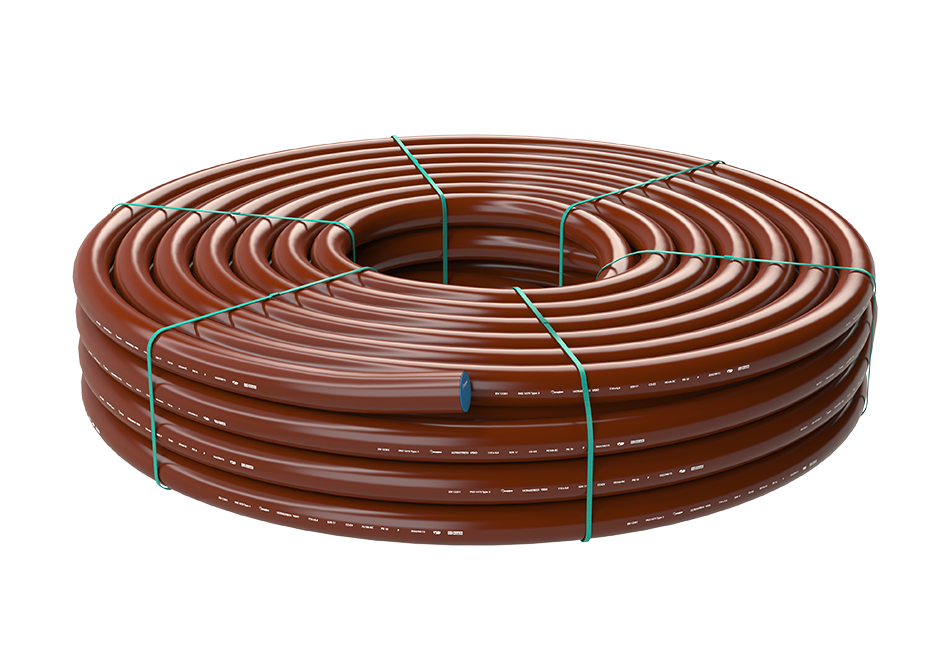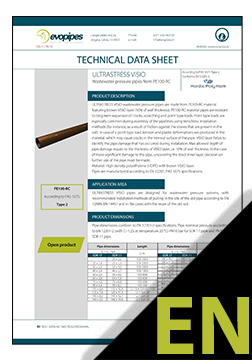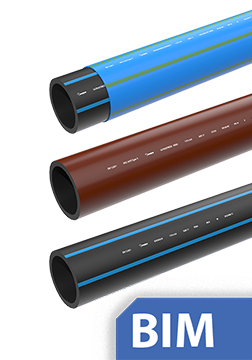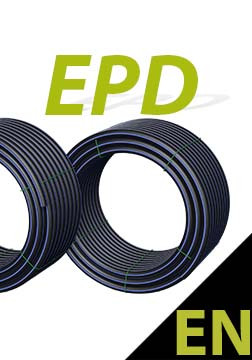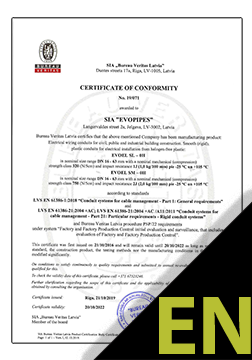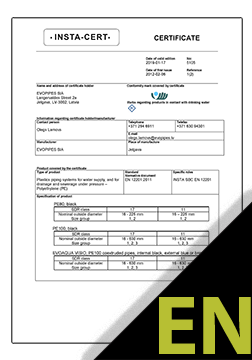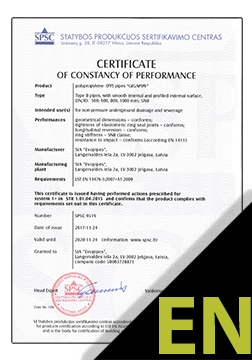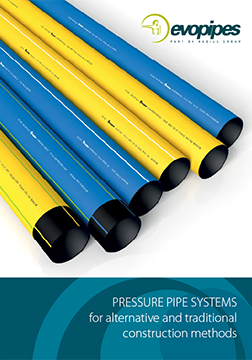ULTRASTRESS VISIO
PE100-RC type wastewater pipes with VISIO layer
EN 12201-2, PAS 1075 type 2, DN/OD 20-630 [mm]
![]()
ULTRASTRESS VISIO wastewater pressure pipes are made from PE100-RC material featuring a brown VISIO layer (10% of wall thickness).
PE100-RC material pipes are resistant to long-term expansion of cracks, scratching, and point-type loads. Point-type loads are especially common during the assembly of the pipelines using trenchless installation methods (for instance, as a result of friction against the stones that are present in the soil). In the case of a point-type load, tension, and plastic deformations are produced in the material, which may cause cracks in the internal surface of the pipe.
VISIO layer helps to identify the pipe damage that has occurred during installation.
-
Advantages
- Minimum 100 years lifetime
- The VISIO layer provides increased resistance to mechanical damage
- Conforms to PAS 1075 Type 2
- Resistance to point-type loads
-
Construction methods
Conventional (traditional) construction:
- In open trenches without bedding and filling according to EN 1610, EN 1046, EN 12327, EN 12007-2 (does not apply to soil-filled in around the pipe)
Alternative installation techniques:
- Laying into the soil with a plough or a milling cutter according to EN 1610, EN 1046, EN 12327, EN 12007-2 (does not apply to soil-filled around the pipe)
- Horizontal directional drilling according to EN 12889, EN 14457
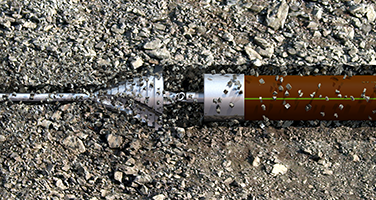
HORIZONTAL DIRECTIONAL DRILLING is used for the construction of new or the reconstruction of old pipelines. The old pipelines can remain fully functional during the reconstruction. Only short term interruptions of work may occur in order to perform new connections. The use of this method is suitable for areas where trench works must be avoided due to, for instance: water bodies, roads and railroads, squares, buildings, etc.- Drawing into the old pipe (relining)* according to EN 12889, EN 14457
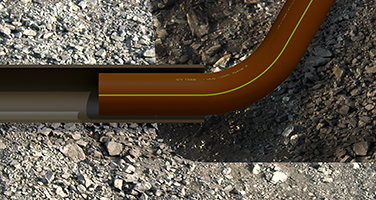
RELINING method is used for the reconstruction of old pipelines. ULTRASTRESS pipe with a slightly smaller diameter is drawn into the old pipe. This method is used in several cases of reconstruction. Only the beginning of the pipeline span has to be reconstructed and junctions of the pipe are excavated during the works.Pipe welding operations:
Buttfusion jointing should be carried out according to ISO 12176-1 standard requirement. Electrofusion jointing should be carried out according to ISO 12176-2 standard requirements.
* Permissible, if an assessment of the condition of the internal pipe coating has been performed in order to avoid external damage to the guided pipe in the amount of 15% of the pipe wall
-
Technical information
- Corresponds to PAS1075 type 2
- Dimensions of the pipe conform to EN 12201
- Both layers of high-density polyethylene (HDPE), type PE100-RC
- VISIO layer (10% of wall thickness) allows to visually check if the pipes are free of cuts and abrasions (the maximum depth admitted is equal to 10% of the wall thickness)
- The black rim of the seam serves as a visual indicator of good quality welding (the black base layer of the pipe is welded) according to the provisions of ISO 12176-1 standard

- Following ISO/TR 10358 and ISO/TR 7620, the pipes and fittings possess chemical resistance between pH 2 (acid) and pH 12 (alkaline)
EVOPIPES PIPE CLASSIFICATION ACCORDING TO PAS* 1075
* PAS = Publicly Available Specification serves as an addition to the existing system of normative acts and directives and refers to polyethylene pipes that are intended for installation using alternative construction methods.
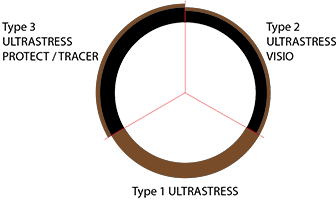
Type 1 – monolith wall pipe made of PE100 – RC material.
Type 2 – 2 layer pipe made of PE100 – RC material, 10% VISIO layer, 90% base layer.
Type 3 – monolith wall pipe made of PE100 – RC material with polypropylene (PP) protective layer, the green lines identify additional protective layer. -
Revit BIM files
-
Certificates
